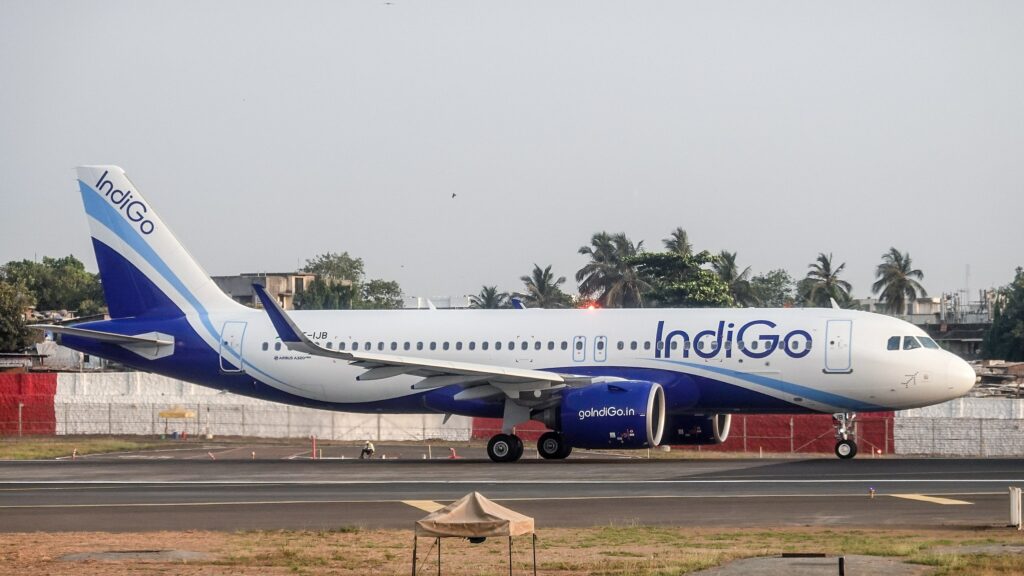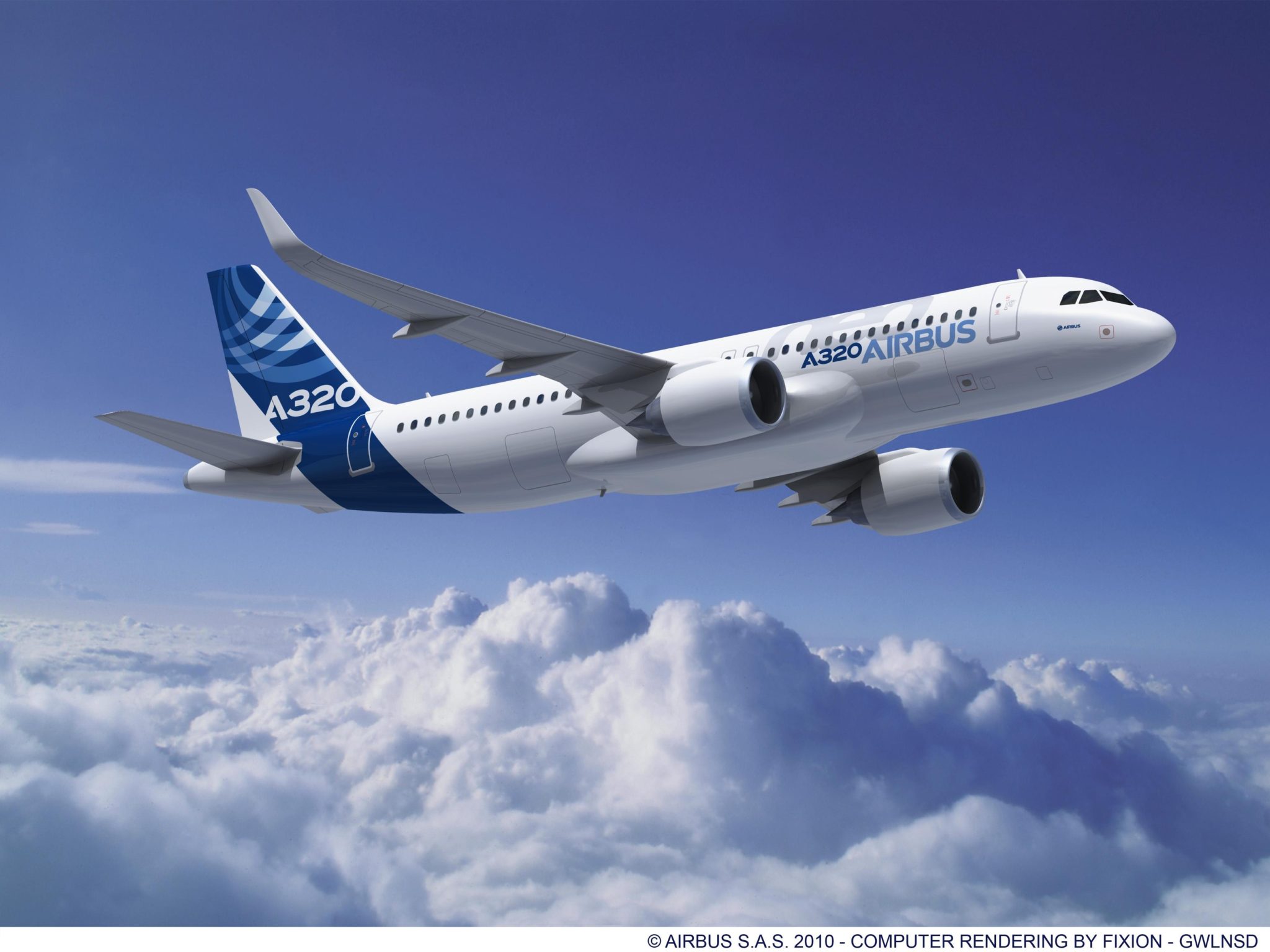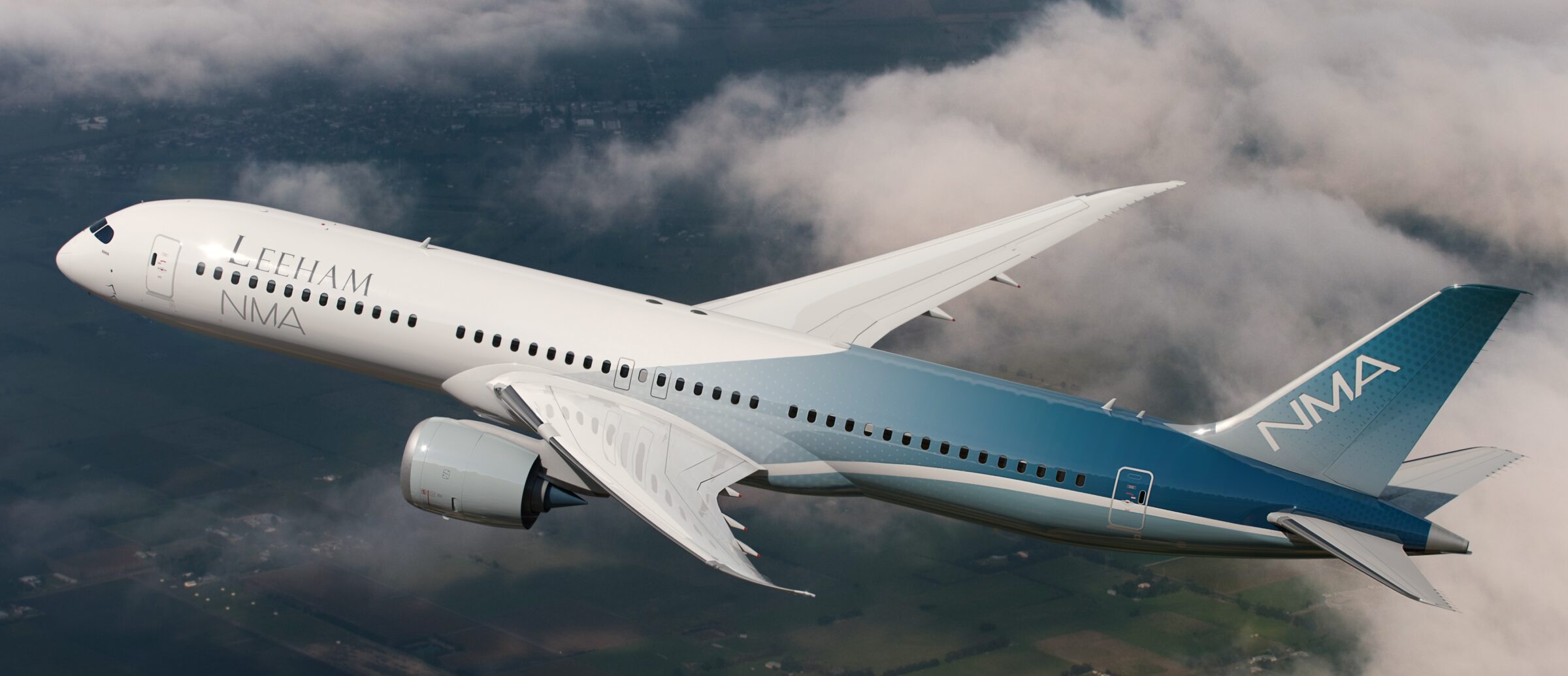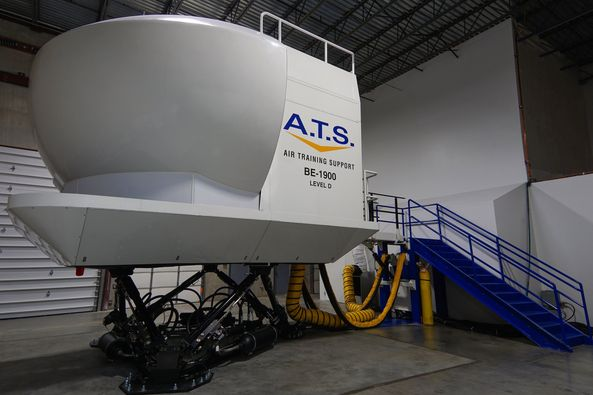Leeham News and Analysis
There's more to real news than a news release.
UPDATE: Spirit close to breakeven in a ‘dynamic’ environment, CEO says
By Bryan Corliss
Nov. 3, 2022, (c) Leeham News: Spirit AeroSystems said today its third quarter revenues grew by 30% year-over-year, driven by an increase in deliveries for Boeing’s 737 MAX program.
 The company posted positive operating income of $4.5 million for the quarter – its first positive income since 2019 – but reported an overall net loss it said was due mainly to charges connected with the cost of terminating an employee pension plan.
The company posted positive operating income of $4.5 million for the quarter – its first positive income since 2019 – but reported an overall net loss it said was due mainly to charges connected with the cost of terminating an employee pension plan.
Spirit said it delivered 69 Boeing 737 shipsets during the third quarter — 23 a month — compared to 47 shipsets in third quarter 2021.
Boeing deliveries are expected to be stable at 31 a month for the foreseeable future, Spirit President and CEO Tom Gentile said.
“Given that our production rate is set at 31 aircraft a month on the 737 program now, and we will likely remain at that rate for much of 2023, we are initiating a focused effort to reduce structural costs to enhance our profitability and cash flow in 2023,” Gentile said in the company’s earnings release.
The company faces challenges, however. “We continue to see disruptions in our factories due to part shortages, increased levels of employee attrition and volatile schedules,” Gentile said.
Spirit, which had reduced its quarterly dividend to 1 cent a share in 2020, said it will suspend dividend payments entirely starting in the fourth quarter, “due to the current challenging macroeconomic environment.”
SUMMARY
- Labor and supply chain issues ‘dynamic’
- Spirit to slowly work through 737 backlog
- Defense diversification helps bottom line
- More demand for spares and maintenance
UPDATE: Calhoun upbeat on cash flow despite fifth consecutive quarterly loss
By Bryan Corliss
Oct. 26, 2022, (c) Leeham News: The Boeing Co. posted a loss from operations of nearly $2.8 billion for the third quarter, citing losses on fixed-price defense development programs that offset an overall 4% growth in revenues.
 The consensus of Wall Street analysts earlier this week was that Boeing would announce profits of 13 cents a share and would break a streak of four consecutive losing quarters. Instead, Boeing posted a loss of $5.49 a share.
The consensus of Wall Street analysts earlier this week was that Boeing would announce profits of 13 cents a share and would break a streak of four consecutive losing quarters. Instead, Boeing posted a loss of $5.49 a share.
However, in a conference call with stock analysts later in the morning, Calhoun was upbeat, emphasizing Boeing’s positive operating cash flow of nearly $3.2 billion for the quarter.
“This quarter was a big one for us,” he said. “We hit a marker … to generate positive cash flow.”
Boeing booked losses of roughly $1.95 billion on two defense programs, CFO Brian West said: KC-46 tankers and new Air Force One presidential transports. Both are fixed-price contracts for commercial jet conversions that forced Boeing to eat any cost overruns.
“We aren’t embarrassed by them,” Calhoun said. “They are what they are.”
But in an interview with CNBC’s Phillip LeBeau Wednesday, Calhoun said Boeing will not do fixed-price defense contracts in the future. “That is not our intent.”
Summary:
- BCA: 737 and 787 deliveries resume; engines in short supply
BDS: ‘Labor instability’ hurts key programs
Calhoun: Boeing ‘supports China’ but is re-marketing planes
Read more
Analysts forecast traffic growth but scant profits for Indian airlines
Subscription Required
By Bryan Corliss
Oct. 17, 2022 © Leeham News: After sustaining major losses in their most-recent fiscal years, India’s airlines will recover in 2022. But rising fuel and labor costs, plus weak prospects for financing will constrain near-term growth.
That’s the analysis of Aairavat Transport & Technology Ventures consulting firm.

An IndiGo Airlines A320Neo on the runway at Mumbai. IndiGo is India’s largest airline. Photo by Timothy A. Gonsalves.
AT-TV’s assessment is less bullish than Boeing’s market outlook, which projects Indian airlines to add 25% capacity over the next year, with long-term growth targeted for 7%. Airbus is slightly more cautious, projecting 6.2% annual growth over the next two decades.
India is one of the world’s largest aviation markets. It’s also been one of the most challenging, with bankruptcies and constant financial distress plaguing the industry.
Summary
- India airlines have been in upheaval
- Tata Group wants new aircraft for Air India
- Indian airlines sustained major losses last year
- OEMs see long-term growth, but near-term outlook is choppy
Engine Development. Part 9. Gearbox or not?
Subscription Required
By Bjorn Fehrm
Introduction
October 13, 2022, © Leeham News: In our series, we look at the development of the latest single-aisle engines. Should these be geared? What do you gain and risk with a geared design? Is this a new development, or has it been around for a long time?
We examine the development of single-aisle engines since 2000, their fuel efficiency, and operational reliability.
Summary
- A geared design fixes some fundamental problems in a two-shaft turbofan.
- CFM proves you could just as well further develop what you have.
Boeing remarketing stored 737s ordered by China
By Scott Hamilton

David Calhoun
Sept. 15, 2022, © Leeham News: The indefinite delay in China authorizing Boeing to deliver 737 MAXes to airlines led Boeing to slowly remarket more than that are 100 stored.
CEO David Calhoun said today that Boeing can no longer wait for China’s OK with the large inventory of aircraft that went into storage when the MAX was grounded in March 2019. Boeing continued building the MAX on the assumption that the grounding would be a short one. When by the end of 2019, there was no end in sight for recertification, production was halted with 450 MAXes built but stored. About 140 of these were destined for Chinese airlines and lessors. Lessors have been allowed to accept some deliveries as long as the airplanes were delivered to customers outside China, LNA previously reported.
Boeing prepares to swap engines from MAX inventory to new production
Subscription Required
By Scott Hamilton
Aug. 15, 2022, © Leeham News: Boeing CEO David Calhoun says the company won’t build 737 gliders. That’s what airplanes are called as they exit final assembly without engines. The mitigation ironically comes from a circumstance that bedeviled Boeing since March 2019.
Planning is underway to take engines from the large inventory of stored 737 MAX aircraft to install on new production airplanes, LNA confirmed.

Engineless Boeing 737 MAXes in 2018. Boeing is making counterweights to hang on the new-production airplanes if CFM can’t deliver engines on time. Credit: Woody’s Images.
Boeing is producing 20-30 ship sets of counterweights, LNA is told. The counterweights are yellow blocks hung from the pylons to which engines are attached. The weights are needed to prevent the airplanes from sitting on their tails without the heavy engines installed. The counterweights will be installed on the stored airplanes when the CFM LEAP-1B engines are removed to install on new production aircraft as they roll off the final assembly line in Renton (WA).
In 2018, some MAXes rolled off the final assembly line without engines when CFM deliveries couldn’t match the production rate then.
Airbus has upward of 30 A320 gliders because CFM and Pratt & Whitney can’t deliver engines on time due to supply chain issues. Boeing, struggling to return to the 2019 737 production rate of 52/mo following the 21-month grounding of the MAX and a slow recovery from the COVID pandemic, hasn’t produced gliders yet. CFM is the exclusive engine supplier for the MAX.
How Boeing is Rebuilding Engineering Excellence
Subscription Required
By Bjorn Fehrm
Introduction
June 9, 2022, © Leeham News: As described in our Monday article, Boeing is preparing for its Next Boeing Airplane (NBA). At the same time, the company is hard at work to ensure this will be no repeat of the 787 and 737 MAX program debacles.
The 2022 Chief Aerospace Safety Officer Report was issued two weeks ago. It gives insight into the work that shall ensure such failures won’t happen again. Here is what the report says about how Boeing is rebuilding its Engineering Excellence.
Summary
- The 787 and 737 MAX failures came from a company culture where engineering excellence played second fiddle to short-term business objectives.
- Boeing has now made changes from the board level to how it organizes its engineers. These changes go in the right direction, but will they be enough?
Boeing delays 777X first delivery delayed until 2025; posts $1.2 B loss in first quarter
UPDATED
April 27, 2022, © Leeham News: Boeing’s 777X program took another hit Wednesday, when the company said it won’t deliver the first 777-9 until 2025 due to new delays getting the plane certified. It has halted 777-9 production through 2023, which the company expects to incur $1.5 billion in abnormal costs until the assembly line starts moving again.
 The aerospace giant’s Q1 earnings report is soaked in red ink: a $1.2 billion net loss, a $3.6 billion loss in free cash flow and a $2.06 GAAP loss per share and a $2.75 core (non-GAAP) loss per share. The results fell far below the roughly 20 cents per share loss and $15 billion expected by Wall Street analysts.
The aerospace giant’s Q1 earnings report is soaked in red ink: a $1.2 billion net loss, a $3.6 billion loss in free cash flow and a $2.06 GAAP loss per share and a $2.75 core (non-GAAP) loss per share. The results fell far below the roughly 20 cents per share loss and $15 billion expected by Wall Street analysts.
The company said it has filed a 787 certification plan with federal regulators, as it tries to resume deliveries of its premier twin-aisle jetliner.
Boeing Defense booked more than $1 billion in charges from two programs–Air Force One replacement and T-7 Red Hawk trainer for the U.S. Air Force. Read more
Bjorn’s Corner: The challenges of airliner development. Part 28. Crew training
November 5, 2021, ©. Leeham News: Last week, we looked at our role in creating a competent maintenance activity so our aircraft can be kept airworthy throughout its operational life. The other important part of operational safety is crew training.
We learned that these two parts, keeping the aircraft airworthy with its maintenance and providing adequate training and information to the crews operating the airplane, have a major influence on flight safety. In fact, FAA has found that these parts have a larger influence on flight safety than the aircraft certification regulations.
We, as the OEM, must therefore develop the documentation, curriculum, and training tools so that crews working in the aircraft can fly it safely. This encompasses not only initial training but a continued refresh and check training throughout the crew’s life with the aircraft.






